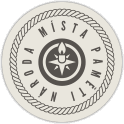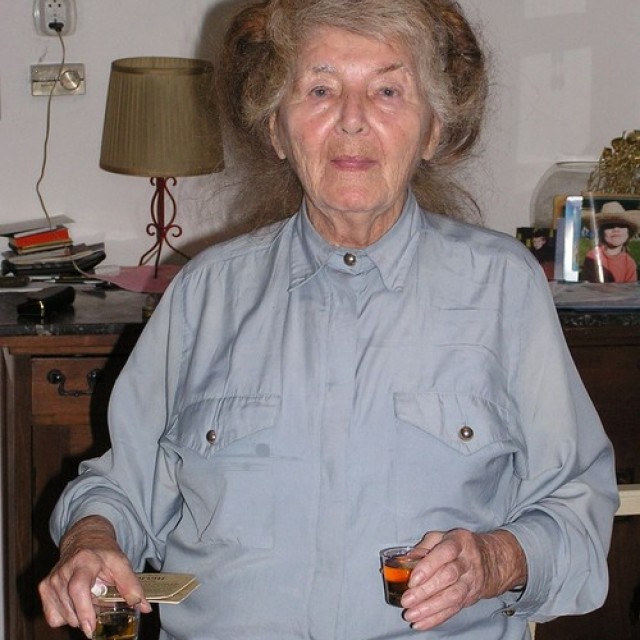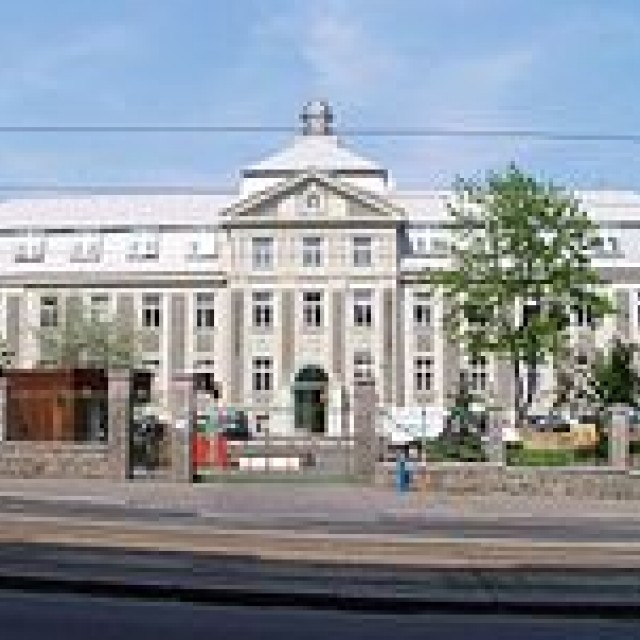New Year's Eve party
A labour camp for processing mica was founded in Prague’s Hagibor in the summer of 1944. Jewish Mischlings of the first degree and people living in mixed marriages were deployed there on forced labour. “I got a telegram that said I was to go to Prague – Hagibor. I was thinking: ‘Should I go, or should I not?’ Unfortunately, you lived in constant fear. There was nothing I could do; I went,” recalls Anita Gaydečková. Prague citizens were allowed to go home after work every day, but those from outside of Prague had to stay at the camp overnight. Anita Gaydečková remembers how once she managed to leave the camp secretly. She welcomed the New Year of 1945 at large. “My friends sent me a leaflet saying to crawl under the wooden fence; they would wait for me and we would celebrate the New Year’s Eve together.” Happily, it went well. After a nice evening spent with friends, she crawled back to the camp; she encountered a guardsman, but he was so drunk that he did not pay attention to her. In the morning, she was in her post, as if nothing happened.
Hodnocení
Hodnotilo 0 lidí
Trasy
Příběh není součastí žádné trasy.
Komentáře
Žádné komentáře k příběhu.




